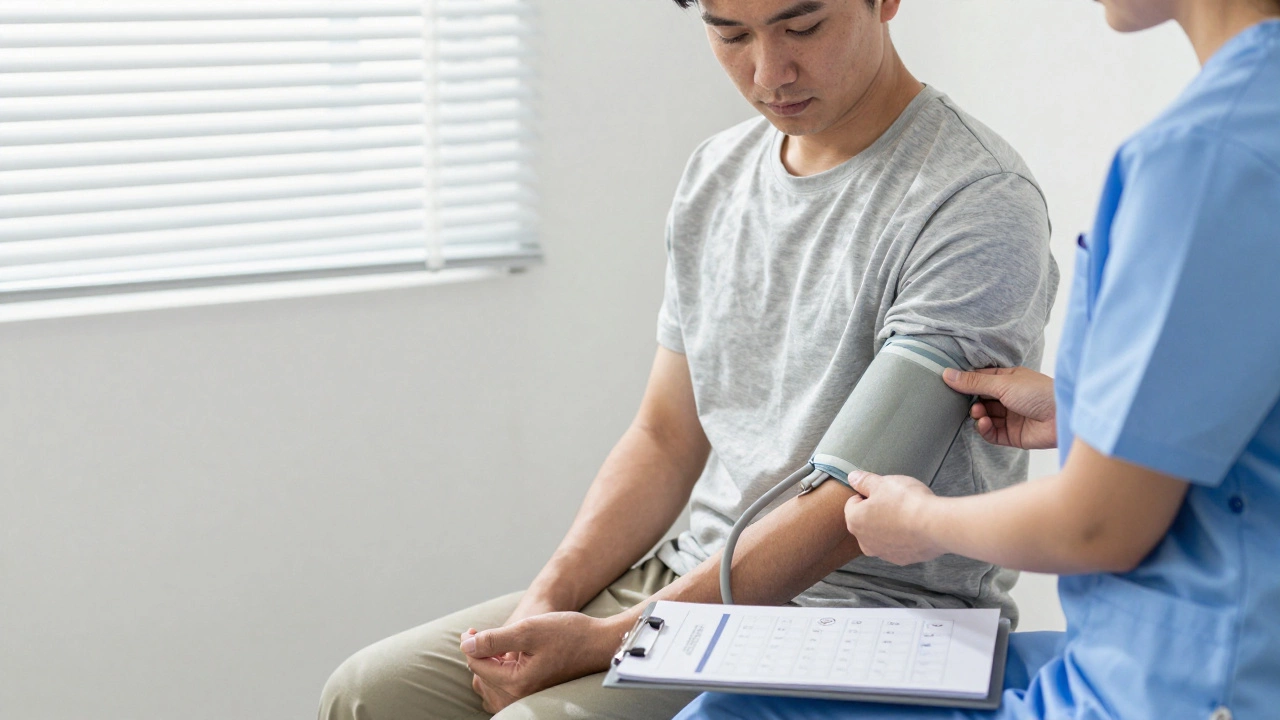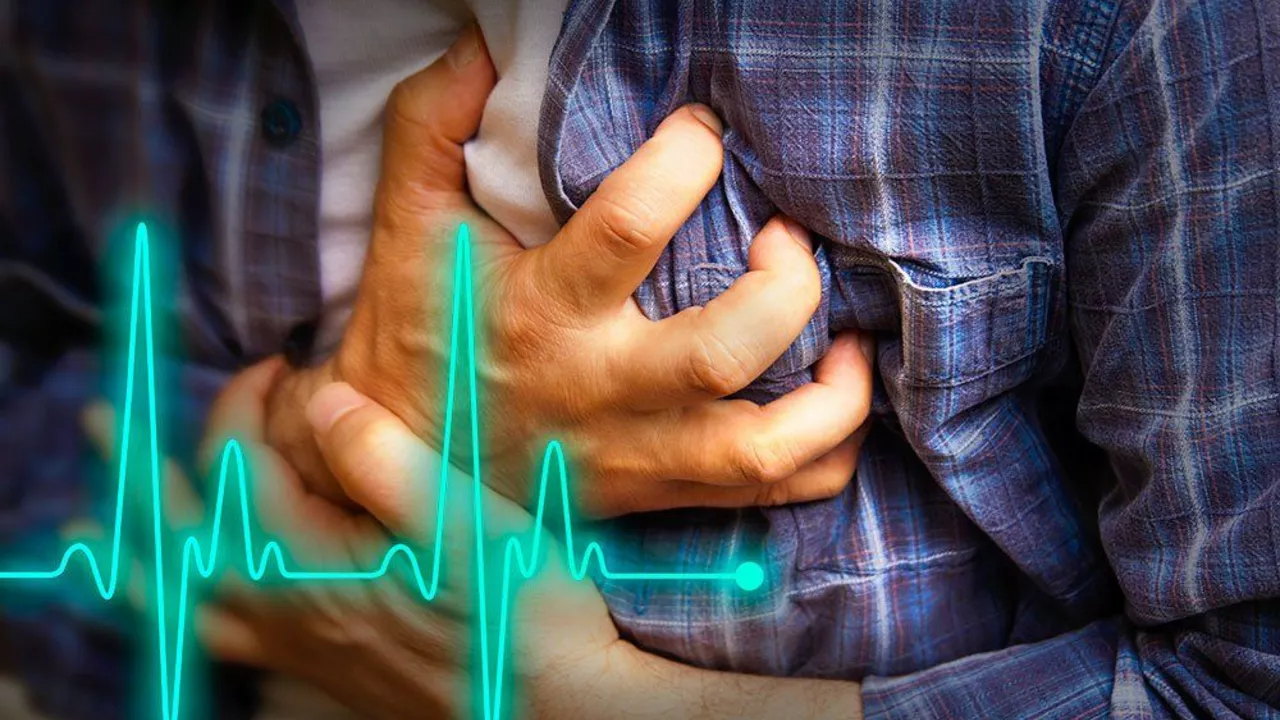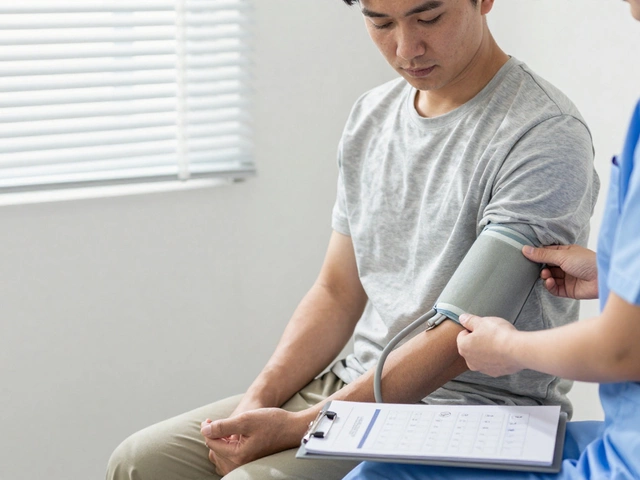Health and Wellness
When working with Health and Wellness, the overall state of physical, mental, and emotional well‑being. Also known as well‑being, it shapes how students perform in class, on the field, and in everyday life. That’s why schools focus on habits that protect the body and mind. Ever wondered why a simple jog can boost concentration? It’s because Physical Activity, any movement that raises heart rate and uses muscles supplies oxygen to the brain, sharpening focus and mood. When kids move regularly, they’re less likely to face stress‑related issues and more likely to stay engaged in lessons.
Heart Health and Unexpected Risks
One critical piece of Health and Wellness is Heart Health, the condition of the heart and circulatory system. Keeping the heart strong means monitoring blood pressure, staying active, and eating balanced meals. But even a healthy heart can face sudden shocks. Consider Sudden Cardiac Arrest, an abrupt loss of heart function without warning. Though it only affects about 1 in 50,000 people, it reminds us that routine checks and emergency plans are non‑negotiable in schools. When a student experiences symptoms like fainting or chest pain, quick response saves lives.
Health and Wellness also intertwines with education. Teachers who understand heart health can integrate short activity breaks, teach basic first‑aid, and encourage students to speak up about discomfort. Parents who stay informed about heart screenings create a safety net that extends beyond the classroom. The relationship is simple: Health and Wellness requires heart health monitoring, and heart health influences overall student performance. Schools that embed these practices see fewer absences and higher morale.
Below you’ll find stories, tips, and real‑world examples that bring these ideas to life. From a coach explaining why warm‑ups matter, to a nurse sharing the latest guidelines on cardiac emergencies, the collection covers the full spectrum of health topics relevant to Nottingham’s school community. Dive in to see how each piece connects back to the core goal: keeping our kids fit, safe, and ready to succeed.







